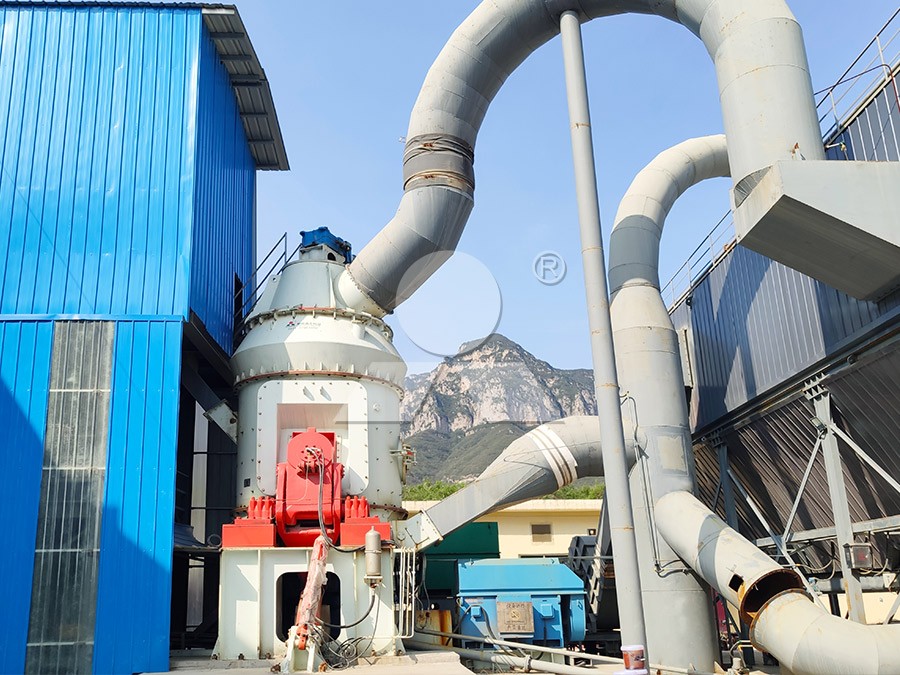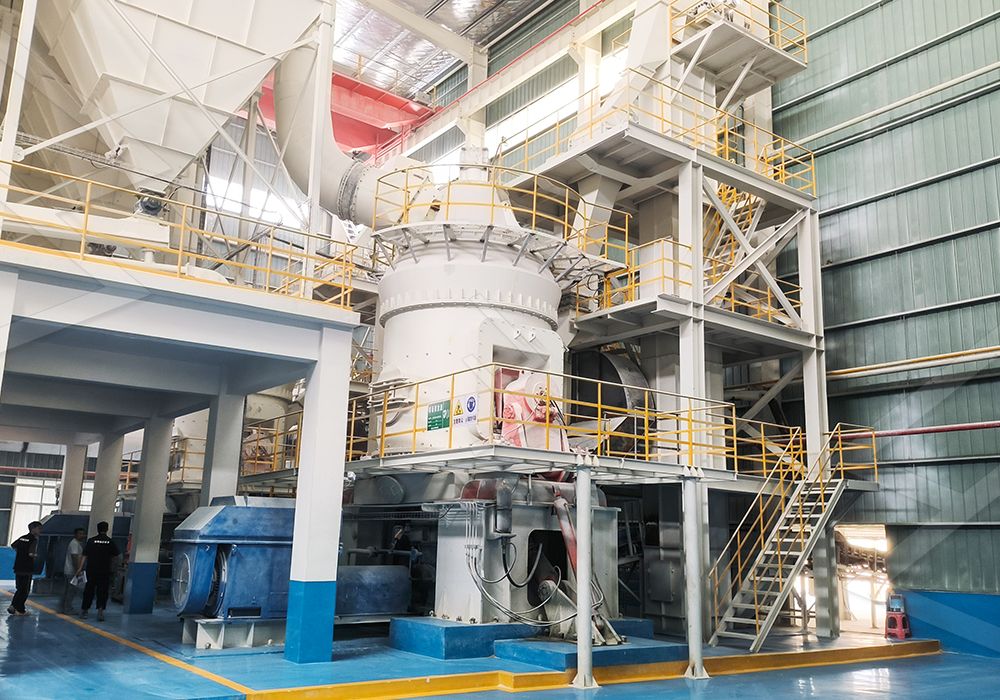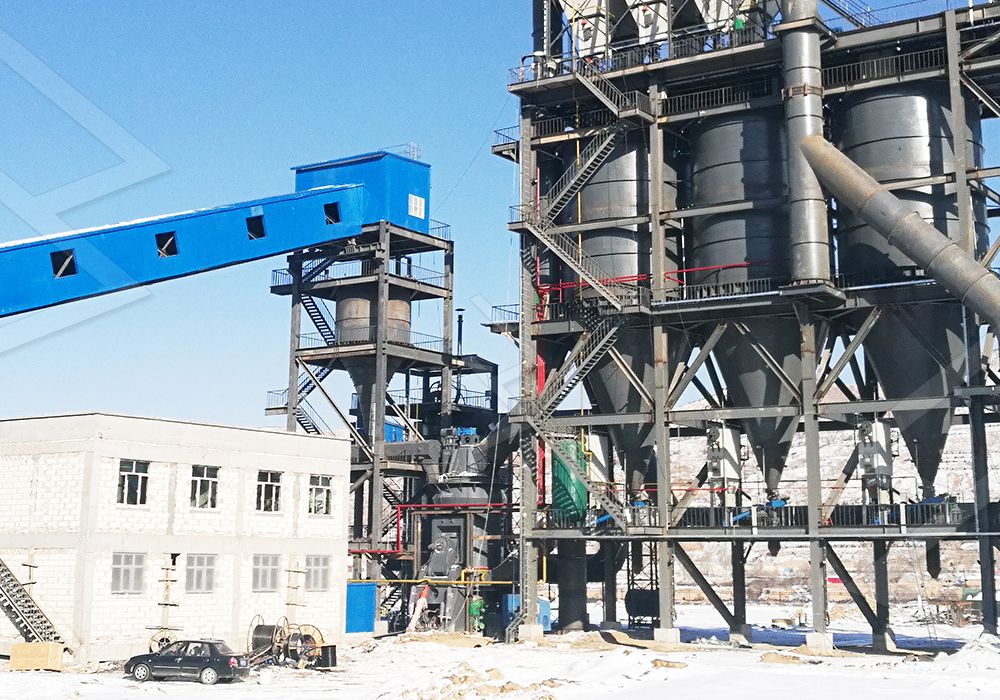Dry Vertical Mill Powder System Inspection Checklist
Dry Vertical Mill Powder System Inspection Checklist
Maintaining optimal performance in dry vertical mill powder systems requires regular, systematic inspections. These complex industrial systems demand careful attention to multiple components to ensure efficient operation, product quality consistency, and extended equipment lifespan. Based on years of field experience, we’ve compiled this comprehensive checklist to help plant operators maintain peak system performance.
Daily Inspection Points
Begin each shift with these critical visual and operational checks. The grinding chamber should be inspected for unusual vibrations or noises, which often indicate misalignment or wear issues. Monitor the motor amperage readings against established baselines – significant deviations typically signal feeding problems or mechanical issues.
Check the lubrication system for proper oil levels and pressure. For systems like our MW Ultrafine Grinding Mill, which features external lubrication capability, verify that the automatic lubrication system is functioning correctly and that there are no leaks in the hydraulic system. The unique design without rolling bearings in the grinding chamber eliminates several potential failure points, but the external lubrication system still requires verification.

Weekly Maintenance Checklist
Conduct more thorough inspections weekly, focusing on wear components and system calibration. Examine the grinding rollers and rings for even wear patterns. Uneven wear typically indicates improper grinding pressure or feed distribution issues. For operations requiring precise fineness control between 325-2500 meshes, the cage-type powder selector should be checked for proper operation and calibration.
Inspect the pulse dust collector system, a critical component for environmental compliance. Verify that the filter bags are functioning correctly and that the differential pressure across the collector remains within specified parameters. The efficient pulse dust collector in our MW Ultrafine Grinding Mill significantly reduces dust pollution when properly maintained.
Monthly Comprehensive Review
Monthly inspections should include detailed measurements and testing. Measure critical wear components against original specifications to plan for replacement before failure occurs. Perform a thorough inspection of the drive system, including gears, couplings, and alignment.
Test the safety systems and interlocks to ensure they function as designed. The separator efficiency should be verified through product sampling and analysis. For operations using the LUM Ultrafine Vertical Grinding Mill, the PLC control system should be checked for proper operation of all parameters, including grinding pressure and revolving speed controls that contribute to the system’s 30%-50% energy reduction compared to conventional mills.

Quarterly Performance Validation
Every three months, conduct comprehensive performance testing and validation. This includes efficiency analysis, energy consumption verification, and product quality assessment. Check the foundation bolts and structural integrity of the entire system.
For mills operating with the reversible structure of the LUM Ultrafine Vertical Grinding Mill, this is an ideal time to exercise the hydraulic adjustment system and verify that grinding rollers can be smoothly moved out of the body for inspection. This design significantly reduces maintenance time and associated downtime costs.
Annual Shutdown Inspection
During planned annual shutdowns, perform complete disassembly and inspection of critical components. Replace all wear parts according to the manufacturer’s recommendations and your operational history. Inspect the mill housing interior for cracks or other structural issues.
Calibrate all instrumentation and control systems. For digitalized processing equipment like our grinding mills, this ensures the high precision machining of core components continues to deliver optimal performance. Verify that the noise reduction systems, including silencers and noise elimination rooms, remain effective.

Frequently Asked Questions
How often should grinding rollers be replaced?
Replacement frequency depends on material abrasiveness and operating hours. With proper maintenance, our MW Ultrafine Grinding Mill rollers typically last 6-18 months in most applications. Monitor product fineness and grinding pressure trends to anticipate replacement needs.
What’s the most common cause of vibration issues?
Uneven feeding and roller wear account for most vibration problems. The double position-limiting technology in our LUM Ultrafine Vertical Grinding Mill specifically addresses vibration issues by preventing destructive impacts between grinding components.
How can I optimize energy consumption?
Ensure proper feed rate consistency and maintain optimal grinding pressure. Our MW Ultrafine Grinding Mill consumes only 30% of the energy of jet grinding mills while delivering 40% higher production capacity, but these efficiencies depend on proper system maintenance and operation.
What fineness range can be achieved with proper maintenance?
With well-maintained equipment, our MW Ultrafine Grinding Mill can consistently produce powders between 325-2500 meshes, with screening rates achieving d97≤5μm in a single pass when the powder selection system is properly calibrated.
How does the external lubrication system benefit operations?
The external lubrication design allows for lubrication without shutdown, enabling continuous 24-hour operation. This significantly increases production uptime while reducing maintenance-related interruptions.
